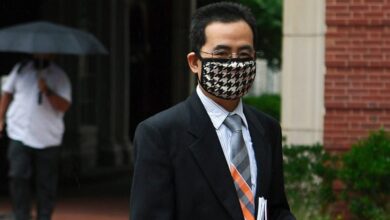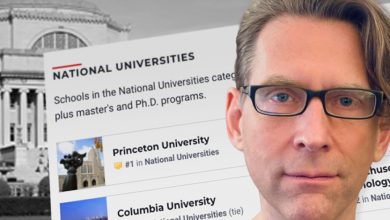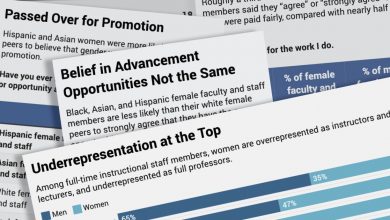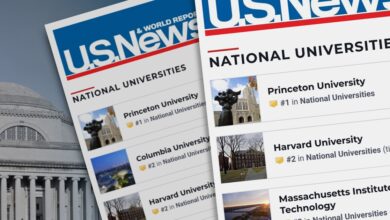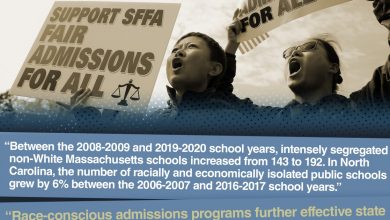Campus Counselors Are Burned Out and Short-Staffed
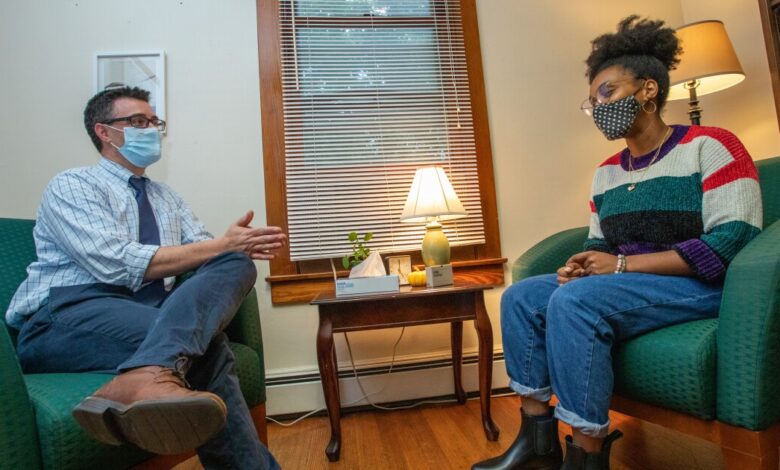
This article is a condensed excerpt from a new Chronicle special report, “Building Students’ Resilience: Strategies to Support Their Mental Health.”
For decades, a growing number of students with psychiatric and neurodiverse histories, conditions, and medications have been enrolling in college. From an access standpoint, that’s been terrific. From a counseling standpoint, however, it has meant a professional state of siege.
Counseling centers are trying to keep up with requests for care, but that was challenging for most of them even before the emotional havoc wreaked on students by Covid-19 and political and social unrest. Keeping up is even harder now. More students are asking for help; their suffering is more acute; and the pandemic has made it harder for centers to recruit counselors.
We are seeing an unprecedented number of college counseling-center clinicians leaving this field, including many directors of counseling centers.
Gary Glass, director of counseling and career services at Oxford College of Emory University, said that early in his career an open position in a college counseling center would prompt at least dozens of applications. “In the past year, that number of qualified applications can be in the single digits,” he said, “and many colleagues across the country are having to repost open positions several times while they continue to operate with unfilled vacancies.”
Data on students’ mental health from the Healthy Minds Network have shown increasing anxiety and depression over the past 10 years, and especially over the past five. How has the pandemic affected those rates? While fall statistics won’t be available until the early months of 2022, data from the network’s spring survey revealed a rise from the fall of 2020 to the spring of 2021 in students who screen positive for anxiety (which grew to 34 percent from 31 percent) and depression (which grew to 41 percent from 36 percent).
The pandemic, in other words, has exacerbated existing trends. And while demand for counseling appointments dropped when campuses closed down, most counseling-center directors, of more than a dozen queried by The Chronicle, said it seems to be back at least to 2019 levels, if not higher.
The counseling center at the University of California at Santa Barbara fielded 400 requests for services during just the first couple of weeks of classes, said Brian Olowude, its director. “That’s unheard of.” At Wichita State University, the counseling service has seen an 18-percent increase since the fall of 2019 in new clients, said Jessica L. Provines, the chief psychologist and assistant vice president for wellness.
Jeffrey Ng, director of counseling and psychological services at Fordham University, reports that the number of students seen for clinical appointments has risen 42 percent since last fall.
At Bucknell University, students who want to begin individual counseling have a two- to three-week wait. “We’re managing demand as best as possible,” said Kelly Kettlewell, director of its Counseling and Student Development Center, by, for example, increasing access to other, same-day support.
More-Severe Cases
Beyond the appointment statistics, some counseling directors report that they are seeing cases more severe than in years past.
“Anecdotal evidence from clinicians indicates that clients are experiencing higher levels of distress, and the impacts of the pandemic have contributed to this,” said Provines.
Katelyn Lee, interim director of the counseling center at Roberts Wesleyan College, in western New York, painted a similar picture. “We continue to see an increase in acuity of student mental-health issues,” she said. “Eating disorders and suicidal ideation remain on the rise.”
Even with a fully staffed counseling center at Lebanon Valley College, in Annville, Pa., James Felty, its director, said that to keep up “we are adjusting our engagement and therapeutic models to encourage more time between appointments, focus on peer supports, and offer briefer interventions.” Other colleges are collaborating with third parties. Oklahoma State University, for instance, has an agreement with Grand Lake Mental Health Center.
Some colleges’ counseling centers are creating more therapeutic and support groups. That can help meet demand, but it is also in response to the needs of racial-minority or LGBTQ communities, students who share a particular diagnosis, students who might benefit from a specific type of therapy, or students who have common goals or problems.
Eastern Connecticut State University, for example, offers groups centered on art therapy, men’s interpersonal process, and dialectical behavior, said Bryce Crapser, director of the counseling center there. The university also offers a group for its Bipoc population — Black, Indigenous, and other people of color. And counselors are being trained, Crapser said, in the Trauma Recovery and Empowerment Model, known as TREM, in hopes of starting a women’s trauma group in the spring of 2022.
While groups like that help lessen the strain on some college counseling centers, at others they have proved less effective or popular.
“Despite trialing several types of support, skill, process, and psychoeducation groups,” said Lee of Roberts Wesleyan, “students continue to prefer engaging in individual therapy.”
Difficulty Hiring
Some colleges can keep their pace on the treadmill, which counseling directors say speeds up during midterms, finals, and other peak-stress periods, by expanding their staff.
“We are keeping up with demand by increasing per diem, hourly professional staff,” said Carol A. Lucas, director of counseling and support services at Adelphi University, “as well as providing clinical-training opportunities through our internship program.”
Wichita State’s counseling center analyzes month-by-month demand from past years to anticipate appointment requests. It has hired more full-time clinical staff members, said Provines, and supplements those, when needed, with graduate students as part of their training. In the fall of 2021, that has meant an average wait time of 5.2 business days for new clients.
For a lot of colleges, however, the situation is more hectic. They don’t have the budget to bring on new counselors, or even if they do, the pandemic has made it much harder to hire.
“We are seeing an unprecedented number of college counseling-center clinicians leaving this field,” said Glass, of Emory University, “including many directors of counseling centers.” And, he said, candidate pools to fill vacancies are “smaller than anyone could have ever imagined.”
Don Thomson, director of Bishop Wellness Center at Willamette University, in Salem, Ore., echoed that. He said he’s seen among his regional peers that “the bigger problem since Covid is recruiting. Applicant pools are significantly smaller and less experienced.” Some of that, he said, is related to salaries in higher education. “But most of it is the pull of private practice and the ability to work half the hours, make more money, set your schedule, and close your practice to new clients as you are full.”
The surge in telehealth has enabled counselors in private practice to reduce their overhead, Thomson pointed out. Campus counseling-center jobs, he said, “are now more like the community mental-health jobs of years past: big caseloads, high acuity, professional risk, limited resources, etc. More and more centers are reporting difficulty retaining experienced clinicians.”
Glass said college counseling centers used to be “among the more desired settings because of the enriching experience of higher education and the benefits of working with bright and highly functioning young adults.”
But for several years, he said, “alarms have been sounding” that counselors cannot sustain the pace and intensity.
“I always assumed the crisis point would have to do more with the number of clients needing high levels of care,” he said, “and now I wonder if it has more to do with the number of providers who conclude they must leave for their own mental health.”
‘Tremendous Burnout’
Beyond high student demand, other factors have contributed to “the tremendous burnout” among clinicians during the pandemic, said Jaclyn Friedman-Lombardo, director of counseling and psychological services at Montclair State University, in New Jersey. Like other faculty and staff members, clinicians in the spring of 2020 had to juggle their work with family responsibilities, and deal with scheduling, space, and technology constraints in at-home settings.
They also had to navigate the matrix of state-licensing requirements as students returned home. Even when those regulations were temporarily eased during the lockdown, they still presented hurdles. Regulations and fees vary for counselors, psychologists, social workers, and psychiatrists, and as the temporary waivers have been lifted, the bureaucracy has worsened. Counseling directors recount pandemic stories of students’ driving across state lines and attending teletherapy in fast-food parking lots so that they could stay with the clinicians with whom they had been working.
Counselors did not want to abandon anyone already in treatment and made an outstanding effort to continue care, said Friedman-Lombardo, but “it had a cost.” One of the attractions of college counseling had been a lighter load and a change of pace during summer and other vacations. During the pandemic, for many counselors, there were no such breaks.
The combined digital pivot and higher workload have sapped energy and morale, and counselors are asking for medical leaves and part-time positions. Counseling directors are compelled to accommodate those requests if they can, Friedman-Lombardo said, not just out of collegiality but because working with patients in crisis, there isn’t much margin for error, and subpar work by frazzled staff members can have grave medical and legal consequences.
At Montclair State, university leaders are supportive and federal Covid-relief funds are available to hire more clinicians. But the candidate pool just isn’t there. Friedman-Lombardo has vacancies in several full-time positions, including an associate director, and for the first time has had trouble even recruiting for a couple of postdoctoral positions. “I’ve always been able to find postdocs,” she said.
College counseling has been “very exciting, rewarding work,” but, she said, “I feel like that tide has changed. It has become incredibly demanding.”
Source link


